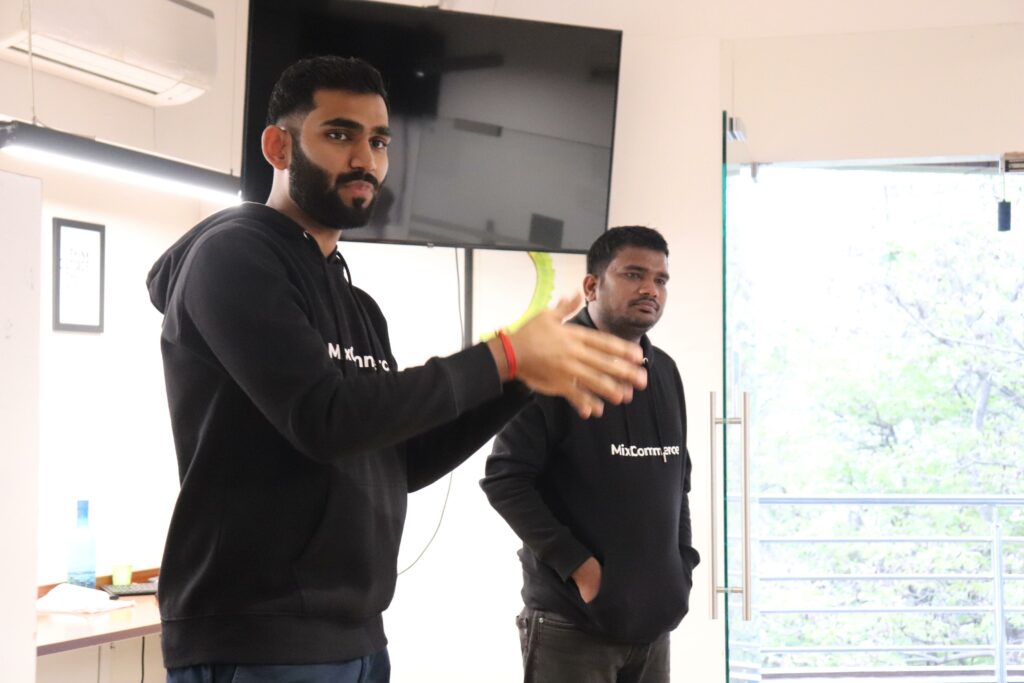Embarking on the entrepreneurial journey is an exhilarating adventure; but let’s face it, it can also be a wild roller coaster ride full of challenges. One of the most thrilling yet daunting tasks for any entrepreneur is the quest to identify the problem to solve for their startup.
Why is it so crucial, you ask? Well, it’s the foundation that sets the stage for your business’s purpose, target audience, and that special spark that makes you stand out from the crowd.

Conducting Market Research
Market research plays a pivotal role in the process of pinpointing a problem to solve for your startup. It serves as a compass that guides you through the maze of possibilities, enabling you to define your target market, unravel their pain points, scrutinize your competitors, and uncover untapped market gaps.
Once your target market is defined, it’s time to zoom in on their specific problems. These are the challenges and obstacles that keep your audience awake at night, the very issues they yearn to find solutions for. To pave the path to success, it’s imperative to identify these problems and position your startup as the knight in shining armor ready to provide effective remedies.
But wait, there’s more. Analyzing your competitors is a key step in your market research expedition. By scrutinizing their offerings, target audience, pricing strategies, and marketing efforts, you’ll gain invaluable insights. Uncovering their strengths and weaknesses will help you spot the golden opportunities where your startup can shine and outperform the competition.
Last but not least, identifying market gaps is the crowning achievement of your market research endeavor. By piecing together the puzzle of your target audience’s pain points and the landscape of existing products or services, you’ll discover those captivating voids waiting to be filled. These gaps represent the problems that your startup idea is destined to solve, presenting you with the golden opportunity to offer a truly unique and compelling solution.
To begin, understanding your target audience is paramount. Delve into their world, unravel their desires, and gain a profound comprehension of their needs. Without this crucial information, it becomes an uphill battle to identify a problem that truly resonates with your startup.
Consider Your Expertise
Considering your expertise is another important step in identifying a problem to solve for your startup. You might have personal interests, skills, and expertise in a particular industry or field.
Using this knowledge, you can identify problems that you can solve with your startup. By solving a problem in your area of expertise, you can differentiate your startup from the competition and build a unique selling proposition.
Your personal interests and expertise can help you identify problems that you might not have otherwise noticed. You might have a unique perspective on a particular industry or field, which can give you an advantage in identifying problems and solutions.
It’s important to consider if there is a market for the problems you’ve identified and if there is a demand for the solution. Conduct market research to validate your findings and ensure that there is a need for your solution. This will help you avoid investing time and resources into a solution that has no market demand.
Talk to Potential Customers
Talking to potential customers is an essential step in identifying a problem to solve for your startup. Engaging with your target audience can help you gain insights into their pain points and challenges, which can help you develop a unique solution. By listening to your potential customers, you can identify the problems they face and the features they would like to see in a solution.
Engaging with potential customers can take various forms, such as interviews, surveys, focus groups, and online discussions. Conducting interviews is an effective way to gain a deep understanding of your target audience’s needs and challenges.
Surveys are another useful tool for collecting feedback from a larger group of potential customers. Focus groups can be effective in understanding how your target audience interacts with your product or service. Online discussions can be a way to engage with a broader audience and gather feedback on a particular topic.
During these conversations, it’s important to ask open-ended questions and avoid leading questions that might bias the answers. By asking open-ended questions, you allow your potential customers to provide their perspectives and ideas freely.
Prioritize the Problems
Prioritizing the problems you’ve identified is a crucial step in problem-solving for your startup. While you may have uncovered several potential problems through market research, talking to potential customers, or considering your expertise, not all of them may be feasible or profitable to solve. Therefore, it’s essential to prioritize the problems based on their potential impact on your target audience and the feasibility of solving them.
One way to prioritize the problems is to use a framework, which classifies tasks based on their urgency and importance. You can adapt this framework to prioritize the problems by considering the impact of the problem on your target audience and the feasibility of solving it.
For example, a problem with a high impact on your target audience and a high feasibility of solving it should be prioritized over a problem with a low impact on your target audience and a low feasibility of solving it.
Another way to prioritize the problems is to consider the resources required to solve them. Some problems may require significant investments in research, development, or marketing, while others may be relatively easy and inexpensive to solve.
Validate Your Findings
Validating your findings is a critical step in identifying a problem to solve for your startup and fostering innovation. It involves testing your assumptions and hypotheses to ensure that your solution is viable, feasible, and desirable for your target audience.
Validating your findings can help you avoid investing time and resources into a solution that has no market demand or is not feasible to develop. There are several ways to validate your findings, including prototyping, testing, and experimentation.
- Prototyping involves creating a rough version of your solution to test its functionality and usability.
- Testing involves putting your prototype in front of potential customers to gather feedback and identify any issues.
- Experimentation involves testing different variations of your solution to identify the most effective features and approaches.
One way to validate your findings is to use the lean startup methodology, which emphasizes rapid experimentation and feedback loops. The lean startup methodology involves developing a minimum viable product (MVP) and testing it with potential customers to gather feedback and validate your assumptions. This approach allows you to test your solution quickly and iterate based on the feedback you receive.
Another way to validate your findings is to conduct A/B testing, which involves testing two different variations of your solution with a group of users to identify the most effective approach. A/B testing allows you to gather quantitative data on the effectiveness of your solution and make data-driven decisions.

